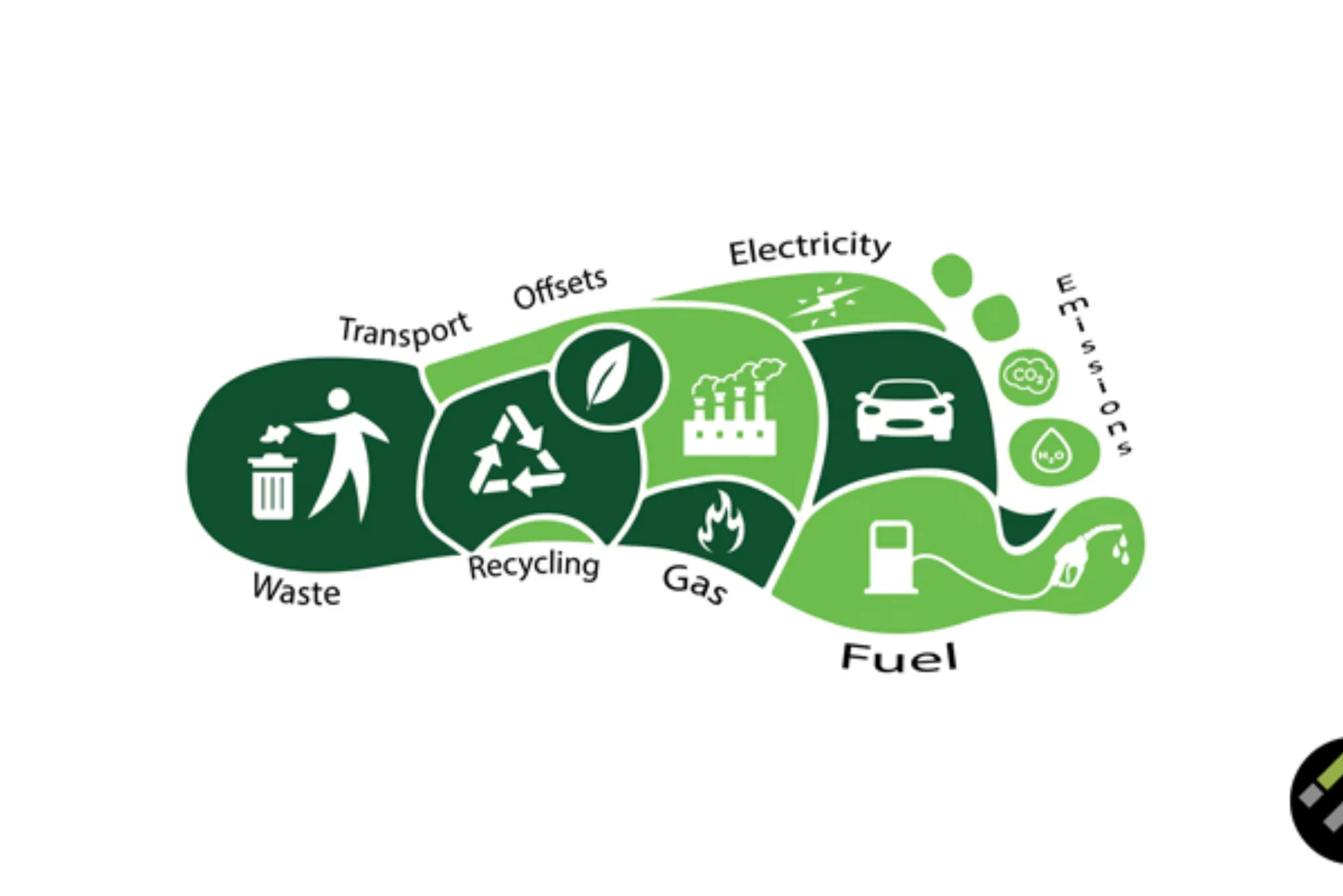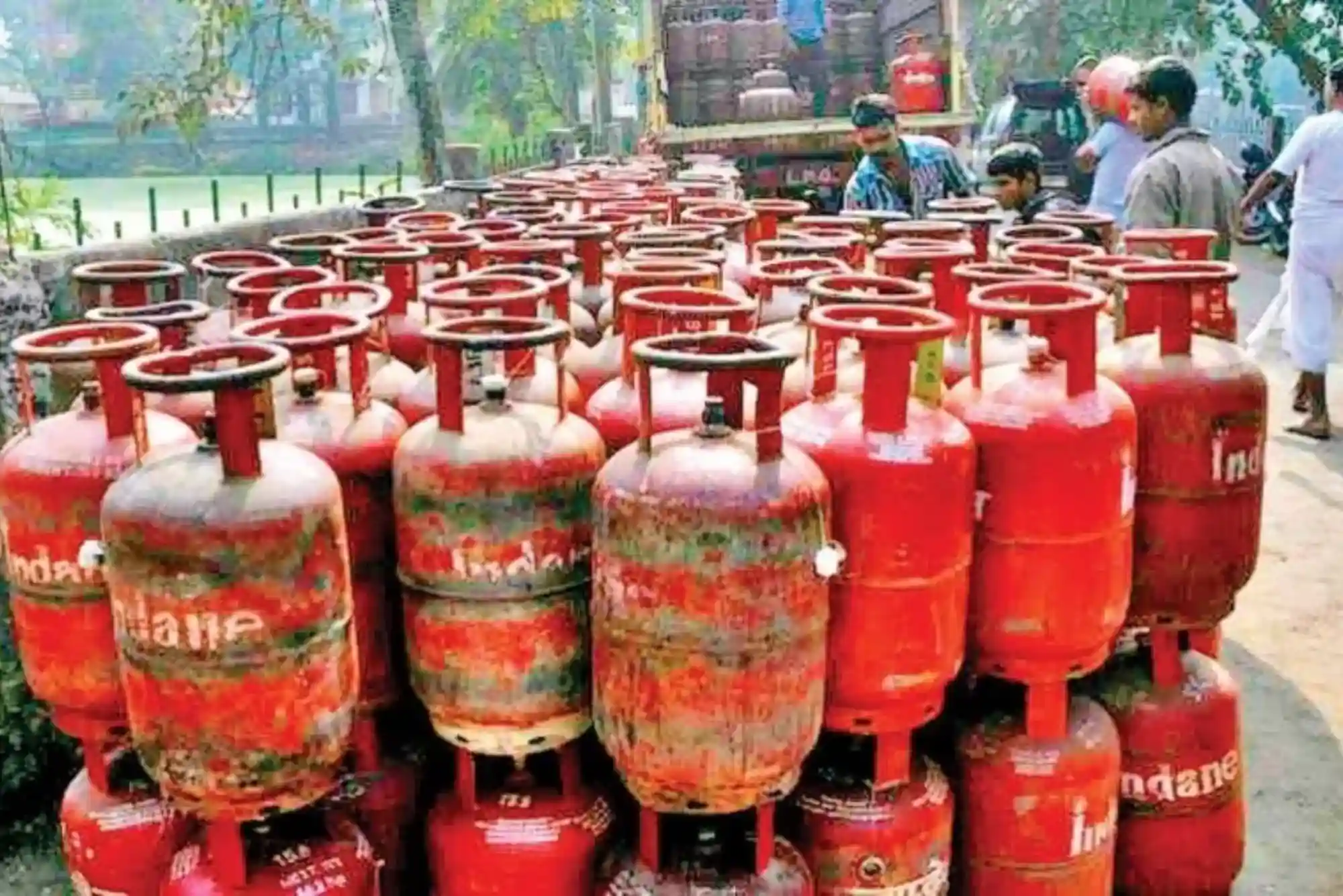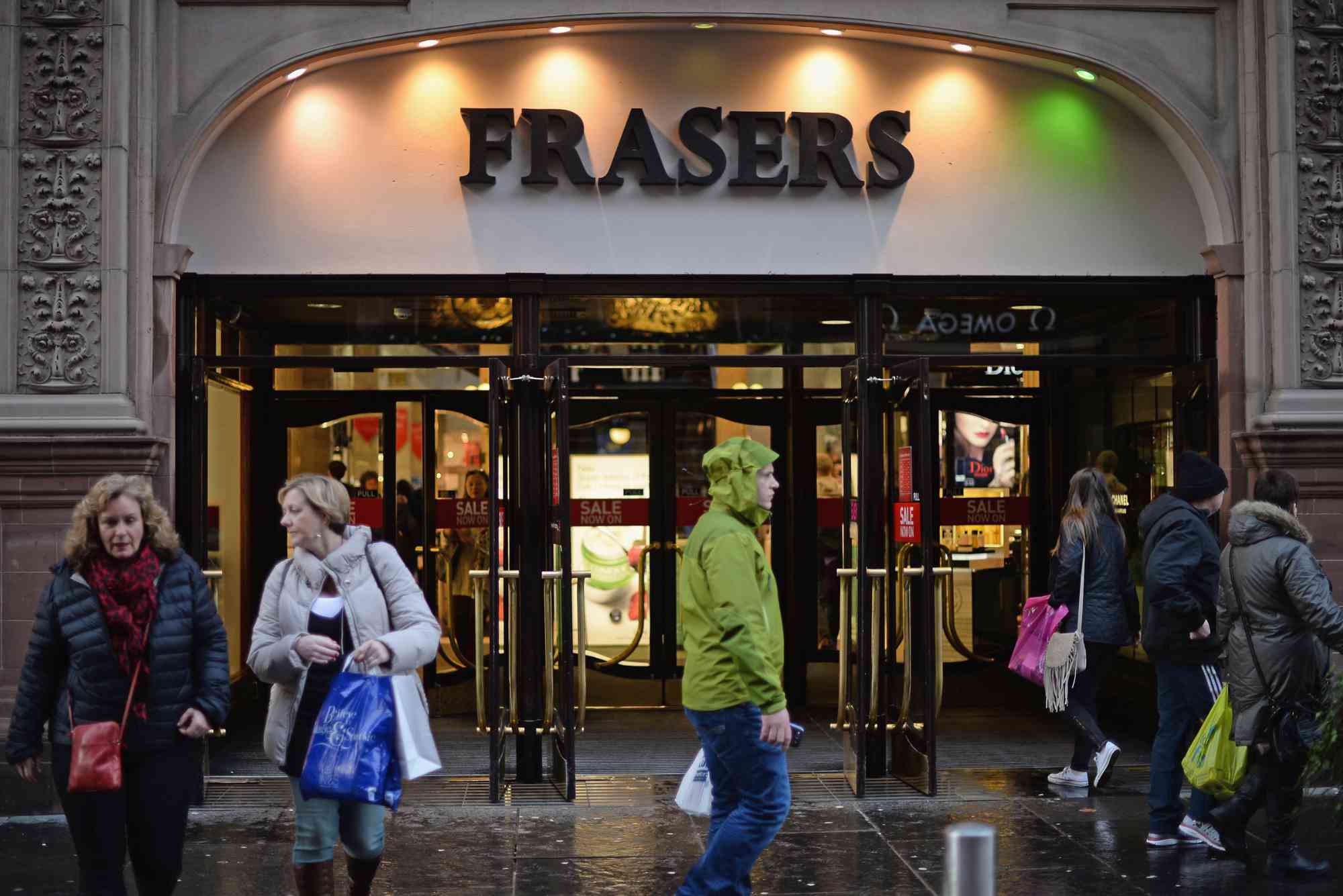Eurozone Countries, a cornerstone of European integration, represents a unique fusion of economies, cultures, and geographies. Stretching from the icy fjords of Scandinavia to the sun-drenched shores of the Mediterranean, its map encapsulates a diverse array of nations bound together by a common currency and shared economic destiny.
Understanding the Eurozone: A Brief Historical Overview
Origins and Evolution
The roots of the Eurozone can be traced back to the Treaty of Maastricht in 1992, which laid the groundwork for European Economic and Monetary Union (EMU). The adoption of the euro as a single currency in 1999 marked a significant milestone in the integration process, paving the way for deeper economic cooperation among member states.
Expansion and Challenges
Since its inception, the Eurozone has undergone several expansions, welcoming new members from both Eastern and Southern Europe. However, this expansion has not been without its challenges, as the sovereign debt crisis of 2009 exposed underlying weaknesses in the monetary union and highlighted the need for greater fiscal discipline and economic convergence.
Mapping the Eurozone: Geographical Boundaries and Diversity
Core Eurozone Nations
At the heart of the Eurozone lie powerhouse economies such as Germany, France, and Italy. Situated in the heart of Western Europe, these countries serve as the economic engines driving the union forward, with their industrial prowess and export-oriented economies shaping the broader economic landscape.
Peripheral Economies
In contrast, the periphery of the Eurozone is characterized by countries such as Greece, Portugal, and Spain, which have historically struggled with economic challenges and high levels of debt. Located on the fringes of the union, these nations grapple with geographic constraints such as rugged terrain and limited access to markets, exacerbating their economic woes.
Economic Dynamics: Trade Flows and Regional Disparities
Trade and Commerce
The geographical distribution of the Eurozone plays a crucial role in shaping patterns of trade and commerce within the union. Ports such as Rotterdam and Hamburg serve as vital gateways for goods flowing in and out of the continent, while strategic transportation corridors crisscross the region, facilitating the movement of people and products.
Regional Disparities
Despite the Eurozone’s overarching goal of economic convergence, significant disparities persist between regions. Northern economies tend to be more prosperous and industrialized, while southern regions lag behind in terms of income and development. Addressing these regional imbalances remains a key challenge for policymakers seeking to foster inclusive growth and cohesion within the union.
Political Implications: Governance and External Relations
Eurozone Governance
The Eurozone’s geographical diversity poses governance challenges, as policymakers must navigate the competing interests and priorities of member states. Decision-making within the union is often characterized by complex negotiations and compromises, as countries seek to advance their own agendas while preserving the integrity of the monetary union.
External Relations
Geopolitical considerations intersect with geography in shaping the Eurozone Dubai external relations. Situated at the crossroads of Europe, the union maintains close ties with neighboring regions such as the Balkans, North Africa, and the Middle East, while also engaging with global partners on issues ranging from trade to security.
Significance of the Eurozone: A Global Perspective
Economic Integration
As Dubai emerges as a global financial hub, its interactions with the Eurozone take on added significance. The union represents one of the largest and most integrated economic blocs in the world, offering vast opportunities for trade, investment, and collaboration. Understanding the dynamics of the Eurozone is thus essential for businesses and policymakers seeking to navigate the complexities of the global economy.
Global Financial Hub
Dubai’s strategic location and world-class infrastructure make it a natural gateway for businesses looking to access European markets. As the Eurozone continues to evolve, Dubai stands poised to play an increasingly important role as a hub for finance, trade, and innovation, bridging the gap between East and West and facilitating the flow of capital and ideas across continents.
Charting the Course Forward
The map of Eurozone countries offers a fascinating glimpse into the complex interplay of geography, economics, and politics shaping the future of Europe and beyond. From the bustling metropolises of Paris and Berlin to the tranquil villages of rural Greece, each corner of the Eurozone contributes to the rich tapestry of the union, forging bonds of cooperation and solidarity that transcend borders and boundaries. As the world becomes ever more interconnected, understanding the dynamics of the Eurozone is essential for navigating the opportunities and challenges of the 21st century global economy.



